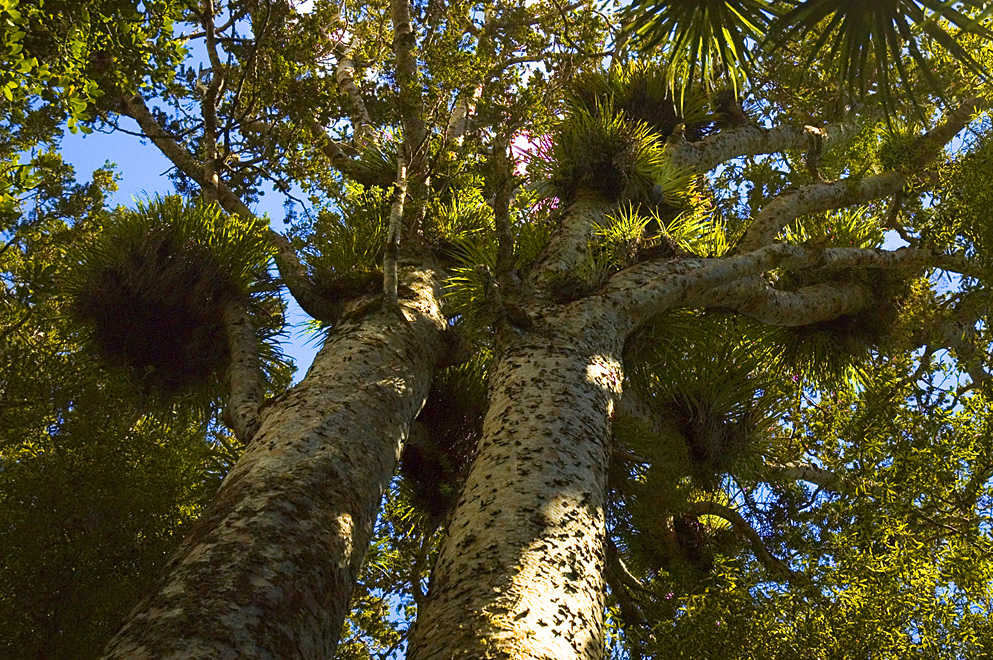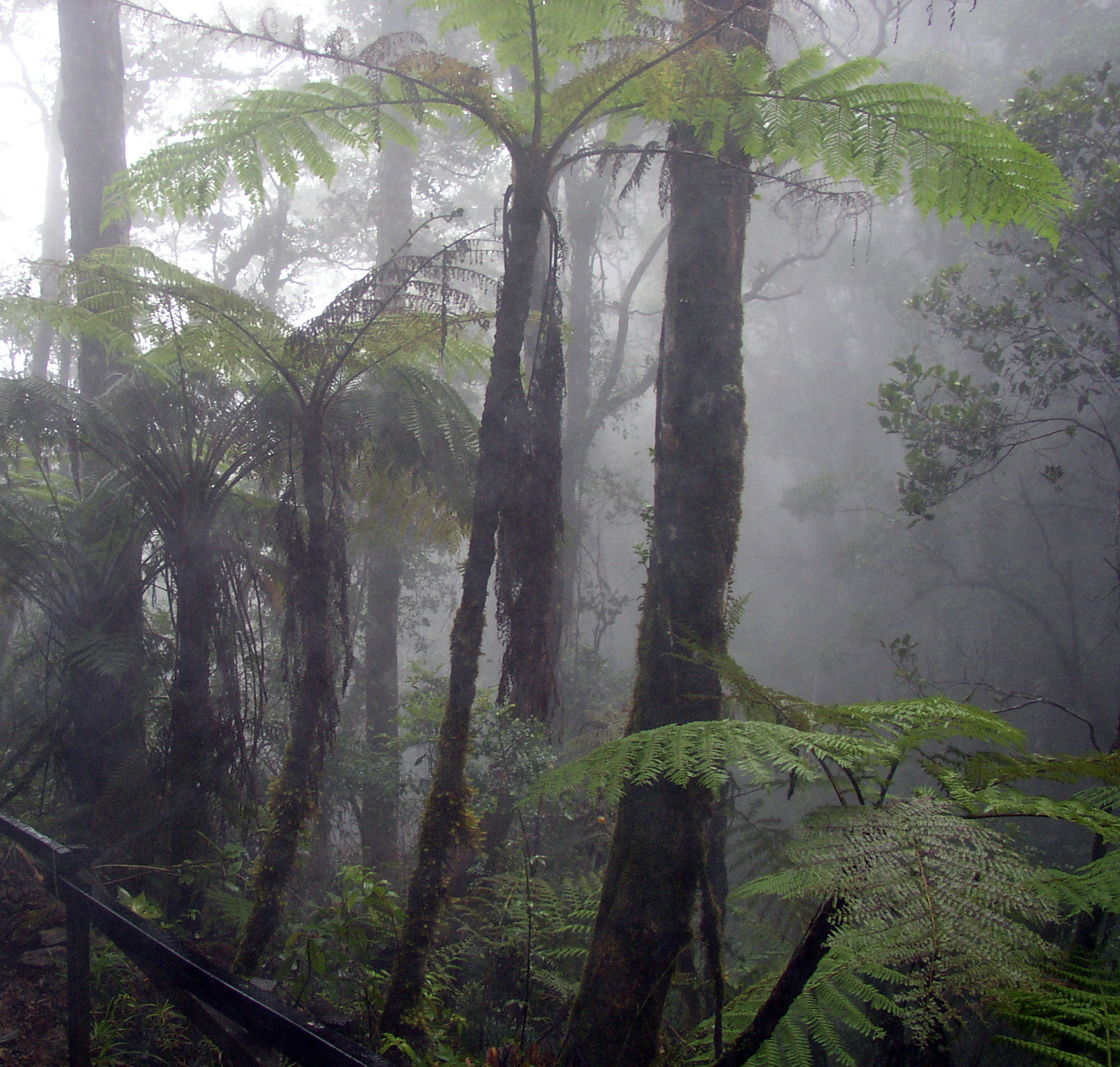|
Astelia Argyrocoma
''Astelia argyrocoma'' is a species of astelia endemic to the highlands of Kauaʻi in the state of Hawaii, United States. This plant is found only in native Hawaiian tropical rainforests at higher elevations in forests dominated by ʻōhiʻa lehua trees. Description ''Astelia arygyrocoma'' is a grass-like shrub with silvery-green leaves long and wide. The undersides of the leaves are silver. Flowers are green and reddish-brown, developing into bright orange berries. Distribution and habitat ''Astelia argyrocoma'' can only be found in high elevation tropical montane cloud forests on Kauaʻi Kauai, () anglicized as Kauai ( ), is geologically the second-oldest of the main Hawaiian Islands (after Niʻihau). With an area of 562.3 square miles (1,456.4 km2), it is the fourth-largest of these islands and the 21st largest island ..., between around elevation, particularly on the Alakaʻi plateau. It is absent from the very highest elevations of the island. References ... [...More Info...] [...Related Items...] OR: [Wikipedia] [Google] [Baidu] |
Astelia
''Astelia'' is a genus of flowering plants in the recently named family Asteliaceae. They are rhizomatous tufted perennials native to various islands in the Pacific, Indian, and South Atlantic Oceans, as well as to Australia and to the southernmost tip of South America. A significant number of the known species are endemic to New Zealand., search for "Astelia" The species generally grow in forests, swamps and amongst low alpine vegetation; occasionally they are epiphytic. Species The genus is divided into a number of subgenera and these are further divided into sections. These contain the following species: * subgenus ''Astelia'' ** section ''Astelia'' *** '' Astelia alpina'' R.Br. - Pineapple Grass, Silver Astelia, native to eastern Australia **** ''Astelia alpina'' var. ''alpina'' **** ''Astelia alpina'' var. ''novae-hollandiae'' Skottsb. *** ''Astelia papuana'' Skottsb.- native to New Guinea *** ''Astelia linearis'' Hook.f.- native to North and South Islands ... [...More Info...] [...Related Items...] OR: [Wikipedia] [Google] [Baidu] |
Endemic
Endemism is the state of a species being found in a single defined geographic location, such as an island, state, nation, country or other defined zone; organisms that are indigenous to a place are not endemic to it if they are also found elsewhere. For example, the Cape sugarbird is found exclusively in southwestern South Africa and is therefore said to be ''endemic'' to that particular part of the world. An endemic species can be also be referred to as an ''endemism'' or in scientific literature as an ''endemite''. For example ''Cytisus aeolicus'' is an endemite of the Italian flora. ''Adzharia renschi'' was once believed to be an endemite of the Caucasus, but it was later discovered to be a non-indigenous species from South America belonging to a different genus. The extreme opposite of an endemic species is one with a cosmopolitan distribution, having a global or widespread range. A rare alternative term for a species that is endemic is "precinctive", which applies to ... [...More Info...] [...Related Items...] OR: [Wikipedia] [Google] [Baidu] |
Kauaʻi
Kauai, () anglicized as Kauai ( ), is geologically the second-oldest of the main Hawaiian Islands (after Niʻihau). With an area of 562.3 square miles (1,456.4 km2), it is the fourth-largest of these islands and the 21st largest island in the United States. Nicknamed the Garden Isle, Kauai lies 73 miles (117 km) across the Kauai Channel, northwest of Oahu. This island is the site of Waimea Canyon State Park and the Na Pali Coast State Park. The United States Census Bureau defines Kauai as census tracts 401 through 409 of Kauai County, Hawaii, which comprises all of the county except the islands of Kaʻula, Lehua and Niihau. The 2020 United States census population of the island was 73,298. The most populous town is Kapaa. Etymology and language Hawaiian narrative locates the name's origin in the legend of Hawaiiloa, the Polynesian navigator credited with discovery of the Hawaiian Islands. The story relates how he named the island of Kauai after a favorite ... [...More Info...] [...Related Items...] OR: [Wikipedia] [Google] [Baidu] |
Hawaiian Tropical Rainforests
The Hawaiian tropical rainforests are a tropical moist broadleaf forest ecoregion in the Hawaiian Islands. They cover an area of in the windward lowlands and montane regions of the islands. Coastal mesic forests are found at elevations from sea level to . Mixed mesic forests occur at elevations of , while wet forests are found from . Moist bogs and shrublands exist on montane plateaus and depressions. For the 28 million years of existence of the Hawaiian Islands, they have been isolated from the rest of the world by vast stretches of the Pacific Ocean, and this isolation has resulted in the evolution of an incredible diversity of endemic species, including fungi, mosses, snails, birds, and other wildlife. In the lush, moist forests high in the mountains, trees are draped with vines, orchids, ferns, and mosses. This ecoregion includes one of the world's wettest places, the slopes of Mount Waialeale, which average of rainfall per year. Coastal mesic forests Coastal mesic for ... [...More Info...] [...Related Items...] OR: [Wikipedia] [Google] [Baidu] |
ʻōhiʻa Lehua
''Metrosideros polymorpha'', the ''ōhia lehua'', is a species of flowering evergreen tree in the myrtle family, Myrtaceae, that is endemic to the six largest islands of Hawaii. It is a highly variable tree, being tall in favorable situations, and a much smaller prostrate shrub when growing in boggy soils or directly on basalt. It produces a brilliant display of flowers, made up of a mass of stamens, which can range from fiery red to yellow. Many native Hawaiian traditions refer to the tree and the forests it forms as sacred to Pele, the volcano goddess, and to Laka, the goddess of hula. Ōhia trees grow easily on lava, and are usually the first plants to grow on new lava flows. It is a common misconception that the word ''ōhia'' is used to refer to the tree and that the word ''lehua'' refers only to its flowers. ''The Hawaiian Dictionary'' (Pukui and Elbert 1986: 199) defines ''lehua'' with these words: "The flower of the ''ōhia'' tree... ''also the tree itself'' mphasis ... [...More Info...] [...Related Items...] OR: [Wikipedia] [Google] [Baidu] |
Cloud Forest
A cloud forest, also called a water forest, primas forest, or tropical montane cloud forest (TMCF), is a generally tropical or subtropical, evergreen, montane, moist forest characterized by a persistent, frequent or seasonal low-level cloud cover, usually at the canopy level, formally described in the '' International Cloud Atlas'' (2017) as silvagenitus. Cloud forests often exhibit an abundance of mosses covering the ground and vegetation, in which case they are also referred to as mossy forests. Mossy forests usually develop on the saddles of mountains, where moisture introduced by settling clouds is more effectively retained. Cloud forests are among the most biodiversity rich ecosystems in the world with a large amount of species directly or indirectly depending on them. Other moss forests include black spruce/ feathermoss climax forest, with a moderately dense canopy and a forest floor of feathermosses including '' Hylocomium splendens'', '' Pleurozium schreberi'' a ... [...More Info...] [...Related Items...] OR: [Wikipedia] [Google] [Baidu] |
Alakaʻi Wilderness Preserve
The Alakai Wilderness Preserve, popularly known as Alakai Swamp, is a montane wet forest on the Hawaiian island of Kauai. Although the preserve is home to alpine bogs, it is not a true swamp. It is located on a plateau near Mount Waialeale, one of the wettest spots on Earth. Due to its unique combination of high elevation and climate, the Alakaʻi Swamp harbors a large number of endangered endemic species that are only found in this area and whose population has been dramatically declining over the last decades.USFWSDetermination of Endangered Status for 48 Species on Kauai and Designation of Critical Habitat; Final Rule.''Federal Register'' April 13, 2010. It is designated as a IUCN protected area. Geology The Alakai swamp is located at the center of a plateau formed by the activity of the shield volcano. Large flows of basalts and pyroclastics accumulated over time in horizontal beds within the caldera. The resulting rock formations beneath the Alakaʻi and Waiʻaleʻal ... [...More Info...] [...Related Items...] OR: [Wikipedia] [Google] [Baidu] |
Asteliaceae
Asteliaceae is a family of flowering plants, placed in the order Asparagales of the monocots. The family has only recently been recognized by taxonomists. The APG III system of 2009 (unchanged from the 1998 and 2003 versions) does recognize this family. The family includes three genera with about 38 species, occurring in the Southern Hemisphere. It is bird/insect pollinated and its conservation status as of 2017 is not threatened. Description A large variation in morphology is seen within this family. Roots The main cell type of the vascular tissue system present in roots are tracheids. Roots are the only plant organs to have vessel elements and this is seen commonly in Monocots. The habitat of a monocot will determine different xylem characteristics. The habitat of Asteliaceae gives rise to the variation seen in the xylem. These tracheary elements have pores in their walls from fragments of the pit membrane. The vessels that are present within Asteliaceae have very primitive ... [...More Info...] [...Related Items...] OR: [Wikipedia] [Google] [Baidu] |
Endemic Flora Of Hawaii
Endemism is the state of a species being found in a single defined geographic location, such as an island, state, nation, country or other defined zone; organisms that are indigenous to a place are not endemic to it if they are also found elsewhere. For example, the Cape sugarbird is found exclusively in southwestern South Africa and is therefore said to be ''endemic'' to that particular part of the world. An endemic species can be also be referred to as an ''endemism'' or in scientific literature as an ''endemite''. For example ''Cytisus aeolicus'' is an endemite of the Italian flora. ''Adzharia renschi'' was once believed to be an endemite of the Caucasus, but it was later discovered to be a non-indigenous species from South America belonging to a different genus. The extreme opposite of an endemic species is one with a cosmopolitan distribution, having a global or widespread range. A rare alternative term for a species that is endemic is "precinctive", which applies to s ... [...More Info...] [...Related Items...] OR: [Wikipedia] [Google] [Baidu] |

.jpg)

.jpg)

